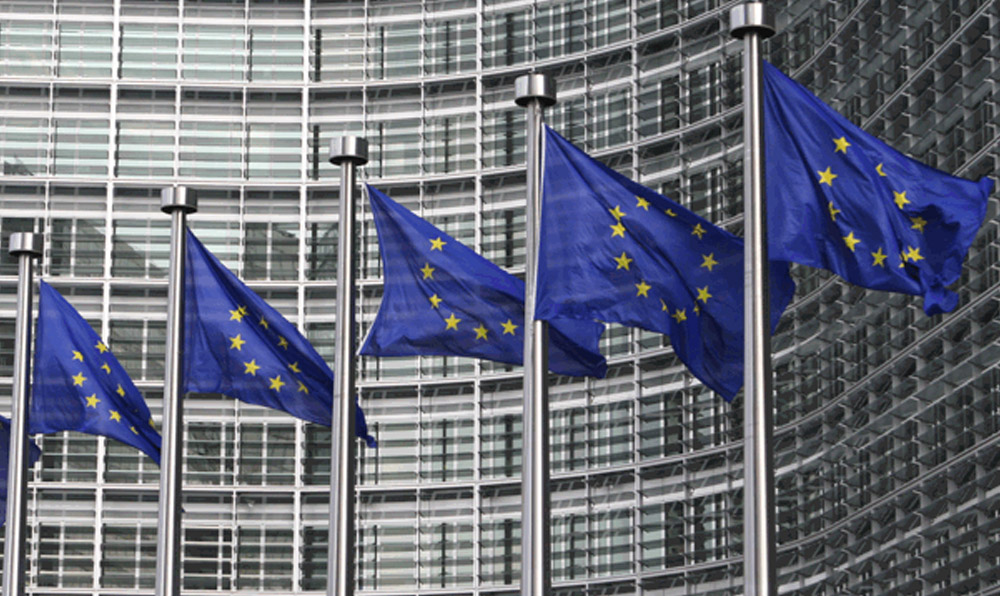
The export license application process is a vital step in ensuring compliance with international trade regulations. However, navigating the application can be quite tricky, considering the extensive and evolving export regulations and requirements that businesses must adhere to. Even small mistakes can lead to serious consequences—ranging from delays and denied shipments to hefty fines or legal issues.
From misclassifying products to providing incomplete information, errors in the export license application process have the potential to disrupt operations and jeopardize your business. Having the right export compliance tools and a clear understanding of the key steps and pitfalls in the export license application process, is crucial to avoiding costly mistakes, adhering to export controls, and ensuring smooth, compliant export activities.
This article highlights the 5 most common mistakes businesses make when applying for an export license and shares how robust export license acquisition solutions can streamline compliance and improve operational efficiency.
Key Takeaways
- The export license application process is notoriously susceptible to delays due to errors made by applicants.
- Businesses must familiarize themselves with export controls and export compliance best practices to avoid common license application pitfalls.
- Leveraging export compliance management software can help organizations better navigate this complex process, saving them time and money.
- Descartes offers an end-to-end export license and permit acquisition solution that streamlines export license application and management, preventing mistakes and potential penalties.
The Top 5 Export License Application Mistakes to Be Wary Of
Filling out an export license application requires careful attention to detail and strict compliance with a range of regulations. Given the complexity of the process and the potential for missteps, it’s easy to make errors that can lead to costly consequences. Here are the top five most common export license application mistakes organizations should be wary of to avoid unnecessary delays or penalties:
1. Improper Export Classification
The first common export compliance pitfall is misclassifying items on export license applications. The root of the problem is the failure to understand export controls fully. Additionally, frequent changes in regulations and complex product specifications require specialized knowledge to ensure the right classification decisions are made. Another area that introduces risk at this stage is relying on manufacturer or supplier provided classification without validating the accuracy of the assessment.
How to avoid export classification mistakes
Evaluate your team and resources to verify that they have a good understanding of the technical parameters of the goods being exported as well as the relevant export control regulations. For instance, are they well-versed in identifying deemed exports? Whether classification is handled internally, provided by the manufacturer, or requested from a regulatory agency, consider what each option involves and choose the one that best fits your organization’s capabilities and timelines.
Alternatively, for faster and more accurate product classification, export compliance software with built-in export classification tools can streamline the application process and ensure regulatory alignment. These tools provide access to extensive databases of export control numbers, commodity codes, and up-to-date regulations, allowing you to quickly identify the correct classification and confidently apply for the right export license.
2. Poorly Compiled End-Use and End-User Information
Regulators rely on accurate and fully authorized end-use documentation to ensure that goods are not diverted for unauthorized purposes. Mistakes with end-use and end-user statements during export license applications often arise when they lack proper definition of the intended use, detailed information on the end-users, include incomplete commitments, or fail to use the required reporting template. The U.S. Bureau of Industry and Security (BIS) specifically lists end-use statement errors as a major cause of approval delays.
BIS and other regulators periodically perform end-use checks at the pre-license and post shipment stage to determine if the receiving party is reliable or if the end use is permitted under export controls. Businesses found to have misrepresented information in their export license application face denials, license revocation, or enforcement issues.
How to avoid end-use statement mistakes
All end-use statements must be fully completed and signed by the responsible individual(s), with each party to the transaction clearly listed and their roles thoroughly described. Businesses are strongly advised to perform ‘know your customer’ due diligence and address any red flags that may come up. Screen every entity involved in the transaction against denied party lists.
Technology solutions. like Descartes Denied Party Screening, can assist in evaluating all parties across multiple regulatory watchlist and even incorporate additional data sources, such as adverse media searches, to identify other risk factors. Furthermore, using an export compliance solution can optimize the preparation of end-use certificates by providing pre-filled templates, maintaining updated records of end-use checks, and ensuring adherence to the latest regulatory requirements.
3. Incomplete or Inaccurate Application Information
Perhaps one of the most frustrating export license application mistakes is submitting applications with incomplete or inaccurate information. Simple errors, such as forgetting to provide a valid signature with your submission can result in an unsuccessful export license application. Other frequent slip-ups include providing insufficient information, failing to attach supporting documents, and using outdated information.
According to the BIS, if you submit an export license application and later realize you have made a mistake, you must contact the Office of Export Services. They will notify the BIS officer assigned to your case, who will flag your application as “Returned without Action” (RWA), after which you can correct your mistakes and resubmit the application. Essentially, you’d be starting over, which can lead to lost time and resources.
How to avoid export license documentation mistakes
Before applying for an export license, create a well-structured plan that accounts for the resources you need to put together the information required. Start early and set a realistic timeline such that employees are not overstrained and rushing to meet a deadline but have ample time to thoroughly review and correct any errors before submission. Additionally, export license application management software, like those provided by Descartes, are preloaded with comprehensive export license application forms and automated data validation to ensure all required information is complete and accurate before submission.

4. Failure to Track Application Status
Businesses run the risk of missing important updates or notifications when they fail to track the progress of their export license application after submission. Requests for additional information or clarification from licensing officers typically have a short window for response. Not addressing the request can keep the process from moving forward, causing unnecessary delays and even rejection.
How to avoid application tracking mistakes
A robust export license acquisition tool offers built-in tracking and notification features to monitor your application’s status in real-time. The tool can be configured to send alerts to all relevant team members regarding any updates or required actions. This helps in keeping the application process moving forward as efficiently as possible.
5. Not Submitting Electronically
Despite the nostalgic draw of printed paper, we advise against preparing and submitting export license applications in printed form. Why? Paper applications typically take longer to process, are harder to follow up with, and are more prone to human error. Additionally, several regulatory agencies provide online portals where you can process your application electronically.
How to avoid manual export license submission mistakes
You can leverage Descartes’ electronic submission capabilities to streamline the export license application process, reduce the risk of errors, and expedite the approval process. Plus, you can save on paper and postage!
It is worth noting that there are limited scenarios where the authorizing agency may require a paper submission, such as in cases of national security, when eligibility to file electronically has been revoked, or if the company lacks internet access.
Next Steps: Management of Export Licenses and Compliance
After obtaining an export license, it can be all too easy to put on file and go about your business without referencing the terms. However, effective export license management is essential to ensure ongoing compliance with export controls. Be sure to comply with the license terms by closely monitoring renewal dates and keeping detailed records of all exports conducted under the license.
Utilize our software’s centralized export document management system to keep all your export licenses organized, maintain export compliance, and easily access any necessary documentation.
Use Descartes Compliance Solutions to Prevent Export License Application Mistakes
At Descartes, we understand the intricacies and challenges of applying for an export license and have created a broad range of robust export compliance software solutions to enable organizations navigate export controls securely and efficiently.
Our Export Licenses & Permit Acquisition solution effectively streamlines the export license application process and prevents common errors, with tools that help with application preparation, submission, and tracking all in one centralized, accessible location.
The solution automates data entry, thereby improving accuracy, promoting export compliance, and boosting efficiency in the application process. This tool can help ensure you make the correct export classification, apply for the right licenses, and maintain complete records for demonstrating due diligence.
From our user-friendly platform, you can electronically request and manage export licenses from major global regulatory bodies including the U.S., UK, and the EU.
Contact an expert to learn more about our solution or request a demo to see how this technology can support your export operations. You can also grab a copy of our Export License whitepaper, which provides actionable insights for managing global export regulations and licenses.




